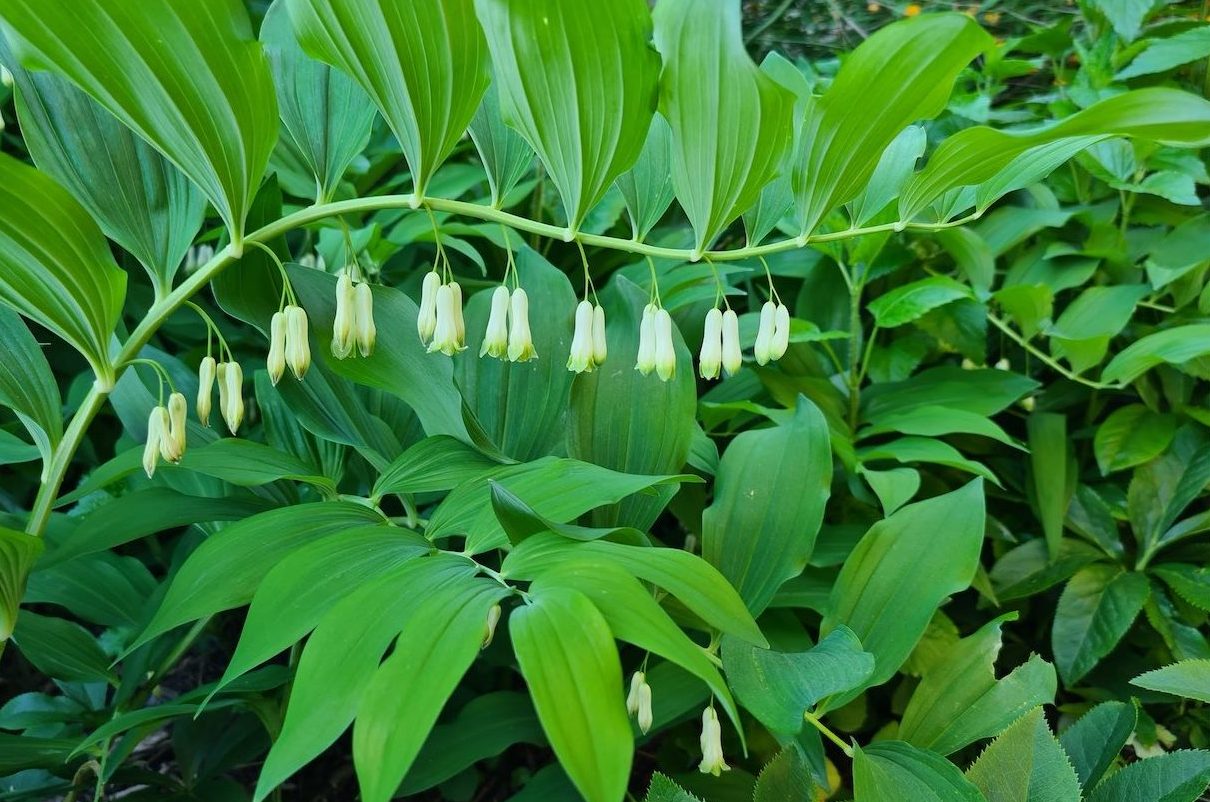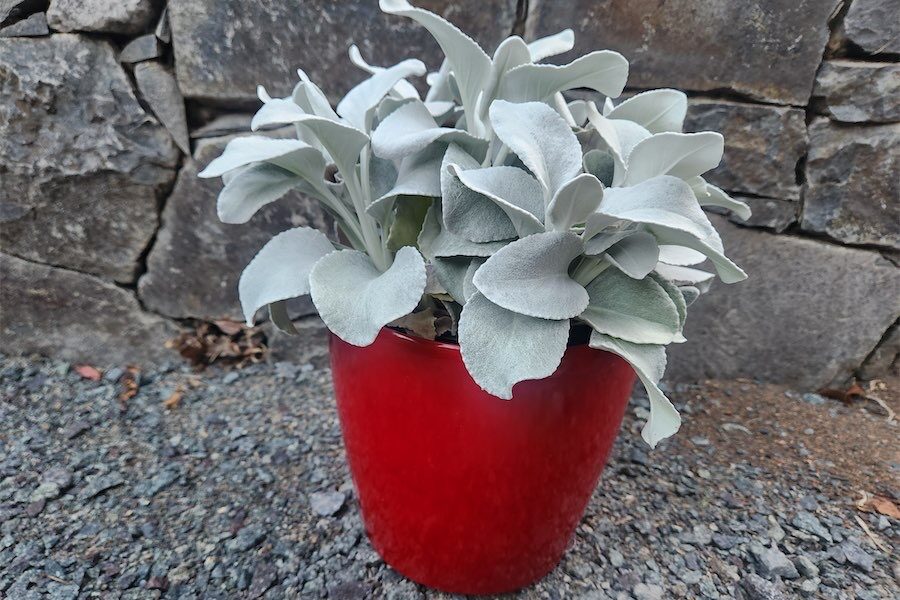
Gardening writer JACKIE WARBURTON offers advice about billbergias and the booming vegetable garden.
THE Queen of Tears (Billbergia nutans) is a terrific and tough bromeliad that survives well in our Canberra climate.

It is not bothered by our frosts and survives in a shady area where other plants are difficult to grow. It will be displaying attractive pink and green flowers this time of year.
They are shallow-rooted plants, grow only to about 30 centimetres tall and like slightly acid soil. They will also do well in hanging baskets or in an overcrowded pot.
An annual tidy up of the brown leaves and spent flowers will promote new growth. Apply a general-purpose fertiliser at half strength and that’s all they need for the following year.
They have weak stems to a central mother root that break with age. Their clumps need dividing every few years to keep new growth strong. Cutting stems off at the base and replanting is an easy way of multiplying plants fast. Their tubular leaves are designed to hold water and little or no supplementary water is required once established.
The foliage of most billbergias can be sharp and it’s wise to wear gloves and arm protection when working with them.
Don’t over-fertilise bromeliads as their colouring will be less vivid in the foliage and flowers will not be as spectacular.
I grow a few other varieties of bromeliads, but they rot easily with extra winter rains.

WHILE the bromeliads are flowering, so are the Solomon’s seal, (Polygonatum odoratum). They also like a shady spot with organic soil and can reach about 60 centimetres in height before flowering.
The plants have white, bell-shaped blossoms that dangle below attractive arching stems. The vivid green is a gorgeous contrast in summer and the golden yellow is a feature in the autumn garden as well.
Solomon’s seals are rhizomes and once the flowering has finished, they can be divided and replanted. They need moisture to grow well, but are hardy once established.
THE vegetable and herb garden should be growing fast with moist soils and sunshine.
Continue to pick and trim herbs to keep them growing stronger and create new growth that will taste sweet and not bitter.
Once vegetables bolt to flower, particularly lettuces, their taste becomes bitter. So for many leafy greens, grow fast and pick fast. Make a lettuce pesto if you have an abundance.
Herbs can be dried on a tray in the sun and stored in an airtight container for use in the winter kitchen for soups, stews and other meals.
Vegetable seeds, such as beetroot, cabbage, zucchinis and silverbeet, can be sown into punnets with seed-raising mix.
Water vegetables early in the morning, before the heat of the day, which will give the leaves a chance to dry before nightfall. Irrigating the ground and not the foliage minimises fungal disease that may be present.
Tomatoes, cucumbers and other vine growers will be putting on growth now. Ensure the trellis is sturdy and strong enough to carry the weight of the fruit and keep it tied off the ground.
Tomatoes and cucumbers need pollinators, so plant flowers under them to attract bees.
Now’s also the time to look at mail-order catalogues to order winter vegetable seeds, autumn bulbs such as daffodils and tulips for the next season.
SUMMER pruning of wisteria can be done after flowering. Remove wispy tendrils to keep it in check. Trim back tendrils to 10-15 centimetres from the main stem and prevent them winding through the vine and choking itself.
Wisteria can be propagated in the autumn by layering. Stems can be laid on the ground and at a node, pegged to the soil to take root. Once growing in spring, cut off the parent plant and grow on.
Who can be trusted?
In a world of spin and confusion, there’s never been a more important time to support independent journalism in Canberra.
If you trust our work online and want to enforce the power of independent voices, I invite you to make a small contribution.
Every dollar of support is invested back into our journalism to help keep citynews.com.au strong and free.
Thank you,
Ian Meikle, editor





Leave a Reply